On the evening of January 7, as the sky over the Pacific Palisades neighborhood of Los Angeles heaved with flames, Francois Auroux struggled to mount a bicycle in his front yard. He’d left his home of thirty-nine years with bags of belongings on his shoulders and two framed works of art pinned awkwardly under one arm. A local NBC reporter, Robert Kovacik, saw Auroux through the smoke and embers and ran over to ask whether he could help. “You can take these paintings, I guess,” Auroux said. Handing them to Kovacik, he rode off to safety, head bent against the powerful Santa Ana winds.
Auroux and his family, like more than 11,000 other households in the Los Angeles Basin that month, lost their home to fire. After he recovered the canvases from Kovacik, he said that he had grabbed them “unconsciously” but that both had family significance; one was a screen print of a painting by the Greek artist Alekos Fassianos, whom his grandfather had known in Paris.
Perhaps not in living memory have so many of us been in flight from fires and floods, wars and economic disasters. Whether the places we are forced from are grand or humble, our belongings abundant or scarce, we pack what we need and then, if we have time, consider what else might be worth salvaging. When the opera singer Olha Abakumova and her young daughter, Zlata, escaped the Russian invasion of Ukraine in 2022, they filled a small suitcase with necessities, then added an embroidered shirt that had belonged to Abakumova’s mother, Zlata’s favorite stuffed animal, and a precious bundle of Ukrainian sheet music. Last fall, after torrential rains caused fatal flash flooding in Spain, survivors brought water-damaged family photos—by the handful and wheelbarrowful—to the University of Valencia, where specialists helped repair them.
“Time turns us all into conservationists,” the philosopher Erich Hatala Matthes observes in his pithily titled What to Save and Why. “If we want to save the things we cherish from time’s ravages, then we need to preserve them, conserve them.” Even the most fervent Marie Kondo devotees might choose to hold on to some trinkets in hopes of sparking joy in future generations. Similarly, we expect that institutions—from museums and libraries to the National Park Service and local land trusts—will protect what is most important to us and our communities over time.
The second Trump administration, however, has obliterated any illusion that these institutions are themselves protected. Mass layoffs have hobbled the federal agencies charged with protecting land, wildlife, air, and water; executive orders have threatened to weaken the Endangered Species Act, dismantle the federal agency that funds museums and libraries, and “remove improper ideology” from Smithsonian Institution properties. The administration has also suspended major grants and cut funding from both public and private universities, threatening the livelihoods of many who practice conservation for a living.
Matthes, an associate professor of philosophy at Wellesley College, published What to Save and Why last fall, before this chainsawing of the conservation establishment began. But he has done us the timely favor of examining the disparate fields involved—from art history to archaeology to conservation biology—and distilling their shared dilemmas and aspirations into a clear, accessible, thought-provoking book. Appropriately for this urgent era, it’s nearly pocket-size, small enough to fit in a go bag.
Matthes addresses six questions fundamental to conservation of all kinds: What should we save; why, from what, and how should we save it; and, finally, who should save it, and for whom? Each question prompts many more. When individuals, communities, or societies talk about “saving” something, do they hope to preserve it as it was at a particular time, as they might a piece of ancient pottery? Is it necessary to keep original materials on display, or, as is often true of dinosaur bones, will a physical replica delight viewers just as much as the real thing? Might a virtual re-creation suffice? Is the goal to safeguard a certain quality, such as the “architectural magnificence” of a World Heritage site like the Taj Mahal, or a specific function, such as that of an ecosystem engineer like the American beaver?
“The need for conservation is impelled by the threat of loss,” Matthes writes,
and the desire to prevent change stems from the hope of preserving our sense of self. But what really matters is not repelling any alteration, but confronting the change on terms that we can accept—terms that grant us a role in managing the forces of change instead of being dominated by them.
Strengthening our human relationships, as well as our sense of group identity, can further what the philosopher and Indigenous studies scholar Kyle Powys Whyte calls “collective continuance,” the capacity of a culture or community to resist erasure and shape its own adaptation to change.
The conservation of species and ecosystems fits imperfectly but informatively into Matthes’s analysis. Like conservation in general, he argues, the conservation of ecosystems can strengthen relationships, including between conservationists and the places they work to protect. Ecosystem conservation is about more than bolstering human relationships, though; it’s also about protecting the relationships among the animals, plants, and other living things that inhabit those places. And the relationship between humans and the forms of life they manage to conserve is more complex than the one between humans and, say, beloved objects or traditions, not least because it can involve an ongoing exchange—what the botanist Robin Wall Kimmerer calls reciprocity. The gifts exchanged might be as basic as nutrients or as intangible as emotions. For living things, in their inscrutable ways, can acknowledge our existence, andeven love us back.
All forms of conservation can help us steer our responses to change and, as Matthes writes, “empower future generations to decide for themselves what they will save—who they will be.” Most fundamentally, conservation allows the survival of both conservers and the conserved. Michael Soulé, the ecologist who founded the field of conservation biology in the 1980s, often reflected that human-caused extinctions are tragic not so much because they involve death but because they mean the end of birth—the definitive end of a species’ ability to reproduce and adapt over time.
There is at least one more difference between saving animals and saving objects: animals have preferences, and some can express them with bark or bite. Even creatures without teeth—or, for that matter, backbones—can be unruly, refusing to cooperate with human plans. In Curious Species, the science writer turned scholar Whitney Barlow Robles investigates “the people and, most of all, the animals who together animated the capacious discipline of natural history in the eighteenth century”—a time when European naturalists stepped up their efforts to “discipline nature through classification and experiment.” Animals, she writes, evaded those efforts and “fundamentally shaped and thwarted the human quest to know the natural world.”
Few of these naturalists were trying to “save” species in the modern sense of saving them from extinction. While they understood that creatures could be driven locally extinct through overhunting, most believed that species were endlessly abundant; the reality of human-caused global extinction wasn’t widely accepted until well into the nineteenth century. They were, however, determined to save specimens for scientific study and categorization, and to that end they joined colonial expeditions over oceans and continents to skin, stuff, flatten, and pickle the bodies of the organisms they collected. In the process, they changed their own professional identities, turning a time-consuming hobby into a formal field of study.
Though naturalists generally treated them as objects, these quarries were living beings, and Robles argues that they played a more active—and often more disruptive—part in the efforts to study them than historians acknowledge. Even corals, brainless and mostly inert, were protagonists of sorts: in 1770, as James Cook sailed up the eastern coast of Australia, the coral colonies of the Great Barrier Reef punctured his ship Endeavour, foiling his search for a gigantic, unmapped continent rumored to exist in the southern hemisphere.
Polyps, the tiny invertebrates that make up coral colonies, flummoxed taxonomists. They are, as Robles writes, “seeming animals, containing seeming plants, secreting seeming stone”: many of them harbor photosynthetic algae and secrete the calcium carbonate that, over centuries, accumulates to form the rocky “skeletons” of coral reefs. The news that these reefs, in all their beauty and complexity, were not divinely created but built by lowly polyps was a source of existential anxiety for the archaeologist and Anglican clergyman William Stukeley, who in 1752 confessed that he was “very unwilling to take this task out of the hands of the sovereign planter, & give it to the helpless polypus.” (Robles suggests that readers who find it hard to relate to Stukeley’s consternation imagine “suddenly learning that butterflies, not people, planted all the trees in Central Park.”)
Coral species have also long confounded scientists with their disappearances from the fossil record, which seem to coincide with periods of increased atmospheric carbon dioxide and the subsequent acidification of ocean water. Laboratory experiments have found that when salt water acidifies to the point that it becomes costly for polyps to maintain their coral skeletons, they can leave their reef communities and become free-swimming creatures. Robles writes:
Dynasties of coral have done something that humans have not: survived mass extinction events over the course of millennia, though always barely, always in changed form, and usually with gaps in reef formation extending millions of years, at least from what we can read in the rocks.
After corals, Robles examines rattlesnakes, which scared some colonial naturalists in the Americas so badly that the creatures’ communal dens, familiar to Native peoples, remained unknown to scientists for centuries; rays, whose proportions foiled the eighteenth-century practice of gutting, flattening, and drying marine specimens for more convenient transportation and study; and raccoons, which also puzzled European taxonomists, who classified them variously as monkeys, cats, and small bears—and which still use their sensitive paws, so much like our hands, to tear down any barrier against them.
Robles pairs her historical chapters with present-day accounts from the field or laboratory, and these first-person essays display her lively writing and game reporting. During a visit to a hibernaculum of timber rattlesnakes in New Hampshire, where the species is now critically endangered, she speculates that the snakes, which have infrared-sensing abilities, perceive her and her companions as “lumbering towers of magma.” Later she sharpens her kitchen knives to gut and preserve a European sea bass according to a protocol developed by a Dutch naturalist in the 1700s, achieving mixed success and suffering minor injury. “It is hard to appreciate how protracted this procedure was from a page and a half of sparse instructions,” she observes drily. These chapters lend useful context to her historical accounts, showing how the species that frustrated eighteenth-century naturalists still surprise, confuse, and annoy modern humans—even as modern human endeavors threaten their very existence.
One of the few colonial champions of the rattlesnake, Robles writes, was the botanist John Bartram, famous for his extensive studies of North American flora and fauna. In the late 1700s, when naturalists on both sides of the Atlantic were still debating the reality of species extinction—Thomas Jefferson held out hope of seeing a mastodon, though in fact the genus had been driven to extinction more than 10,000 years before his time—Bartram wondered whether “basilisks, Dragons & unicorns” were not myths but victims of past extinctions. If rattlesnakes continued to be energetically persecuted and killed by fearful colonists, he wrote, they too might disappear, turning “ye story of A rattlesnake & its fascinating power” into just another fairy tale. More than two hundred years before Soulé described human-caused species extinction as the erasure of evolutionary potential, Bartram sensed that it could also erase the past, reducing wondrous realities to nearly forgotten fictions.
Both mythical and endangered creatures preoccupy the Oxford scholar and children’s book writer Katherine Rundell. In Impossible Creatures (2024), the first in a planned series of middle-grade fantasy novels,* two children attempt to save the menagerie of fantastic animals—among them dragons, sphinxes, and krakens—that inhabit an unmapped archipelago. In Vanishing Treasures, a collection of twenty-three brief essays for grown-ups, Rundell draws our attention to the creatures that actually live among us, from wombats to narwhals to elephants. “The real world,” she writes, “is so startling that our capacity for wonder, huge as it is, can barely skim the edges of the truth.”
Some of the species she profiles are still common, while others are grievously threatened, but all—including humans, the subject of her final essay—are vulnerable in some way. Individual Greenland sharks can survive in the cold, dark depths of the northern seas for at least 250 and possibly more than five hundred years, but climate change may end their reign as the planet’s longest-living vertebrates; the pangolin, an anteater-shaped mammal with a full casing of gray-green scales and the face, Rundell writes, “of an unusually polite academic,” is one of the most trafficked species in the world; the ancient and distinctive assemblage of African species called golden moles, known for their iridescent fur, has been dimmed by habitat loss and pollution.
Yet Rundell’s essays are not elegies. She communicates her delight with daffy metaphors: the stare of an indri lemur resembles “that of a chemically enhanced young man at a nightclub who urgently wishes to tell you about his belief system”; a wolf about to howl looks “exactly like a child about to blow out the candles on a birthday cake.” And even as she acknowledges the many cruelties these species have suffered at human hands, Rundell, like Robles, celebrates their ability to bewilder us, describing some of “the many wild guesses and misunderstandings, the vivid mistakes upon which our knowledge has been painstakingly built.”
For example, we learn that in 1694, the minister and Harvard College vice-president Charles Morton earnestly suggested that storks, swallows, and cranes spent their winters on the moon, and that in 77 CE Pliny the Elder described hedgehogs collecting food for the winter by impaling apples on their spines. Go ahead and laugh, but remember, as Rundell writes, that “there is no reason to believe that we haven’t got just as much wrong today as we have done in every generation up till now.”
Which leads us to one more of the countless reasons to save other species from ourselves: by doing so, we give our descendants the chance to ridicule our harebrained theories and keep observing, keep learning, and keep expanding their imaginations to encompass the truths of the living world. “The greatest lie that humans ever told is that the Earth is ours, and at our disposal,” Rundell writes in her closing chapter. “It’s a lie with the power to destroy us all. We must cease from telling that lie, because the world is so rare, and so wildly fine.”
Rundell describes her book as “a wooing”: “It has been an asking for your wonder, and for your attention.” Unlike Matthes, she does not ponder what to save. These living beings are part of our collective continuance, and our challenge is to save them all.

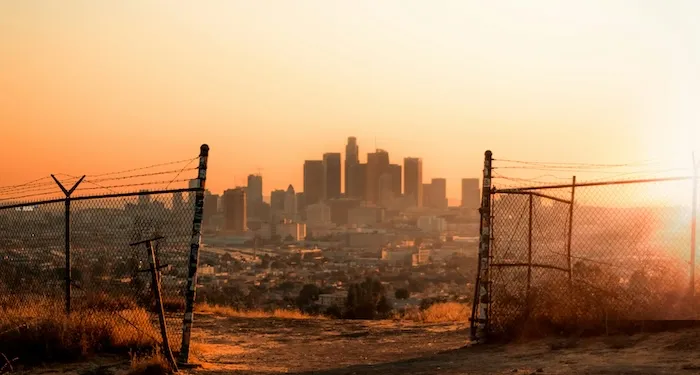


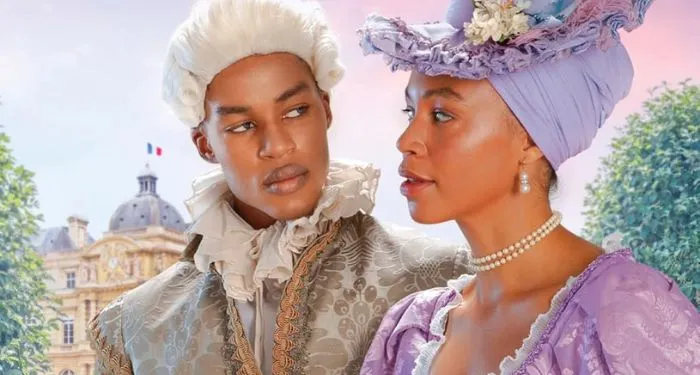
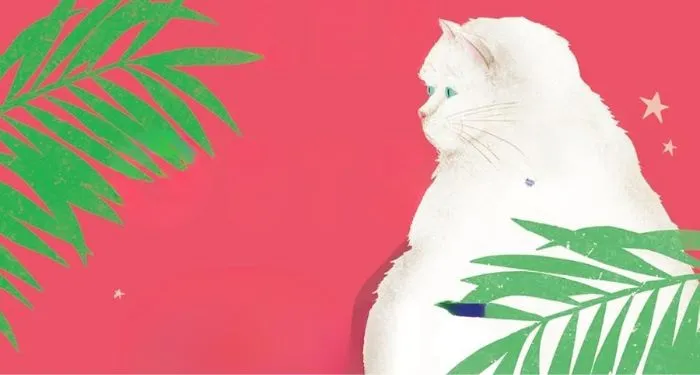

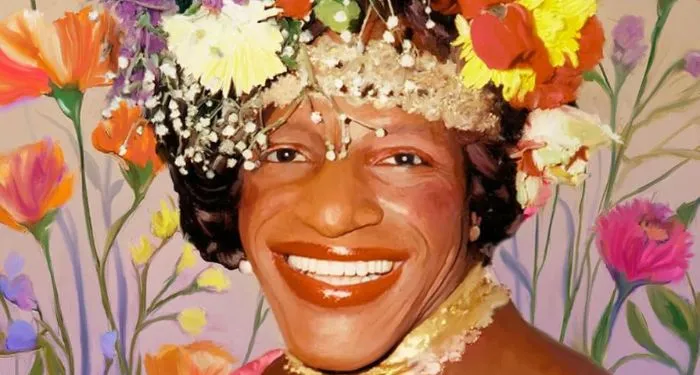





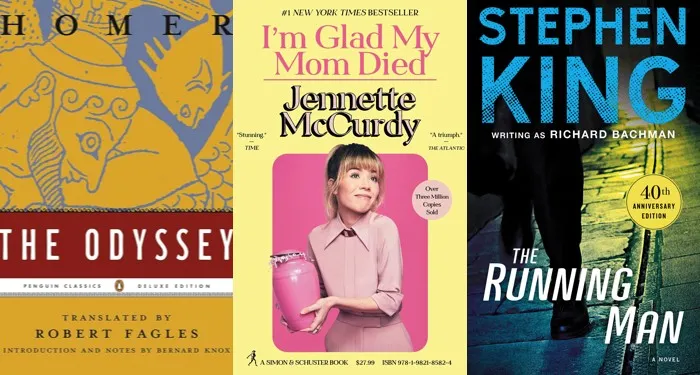





 English (US) ·
English (US) ·